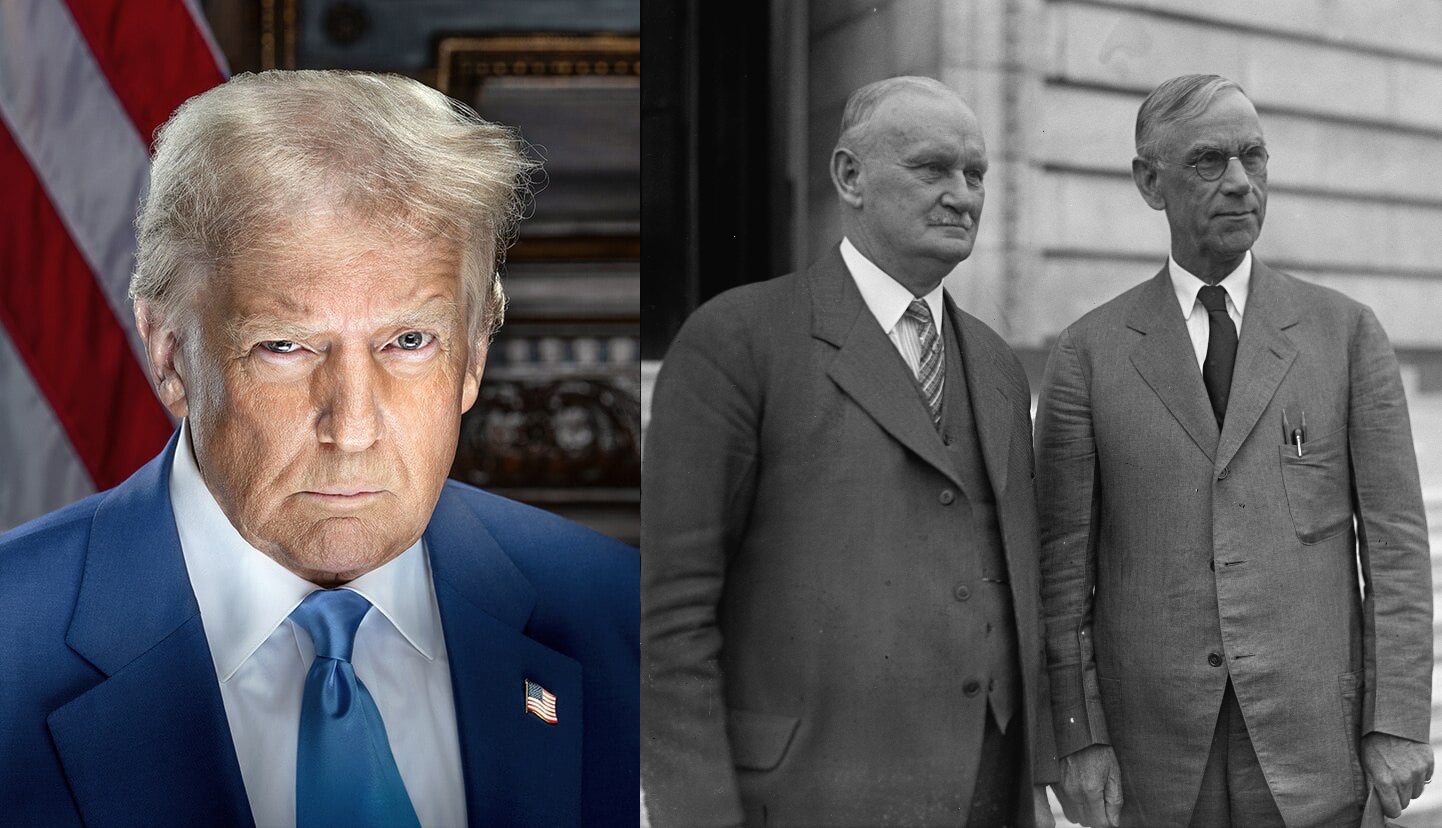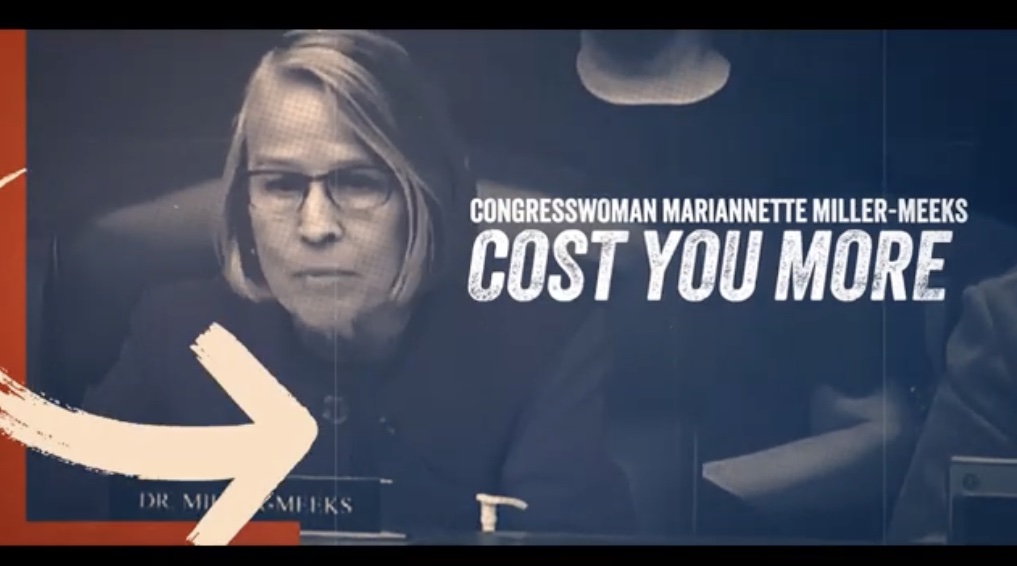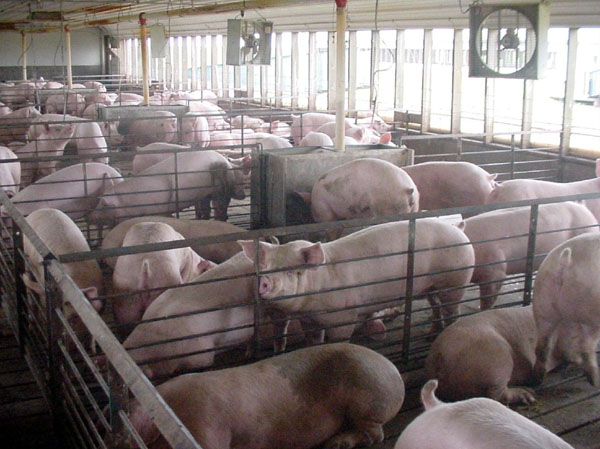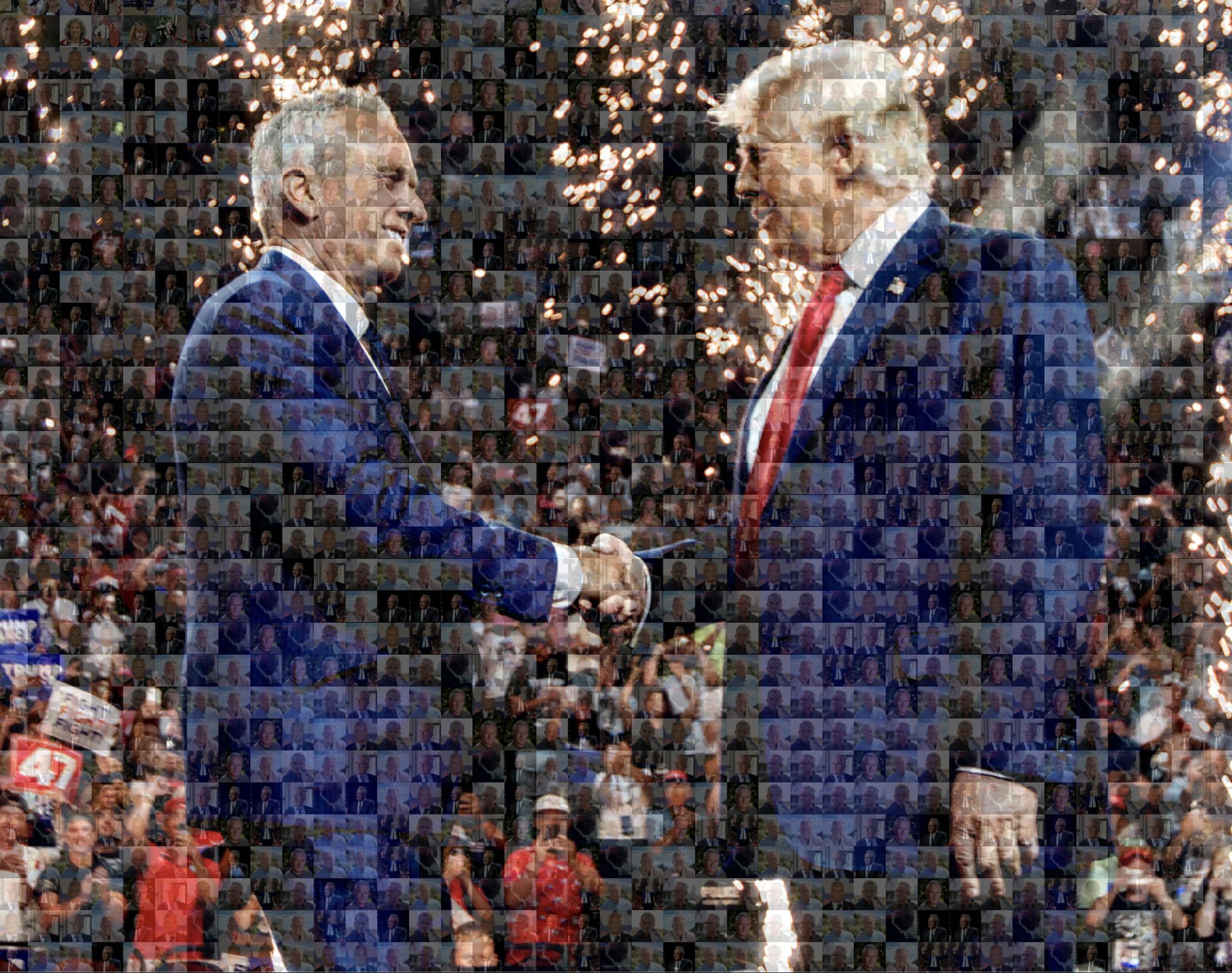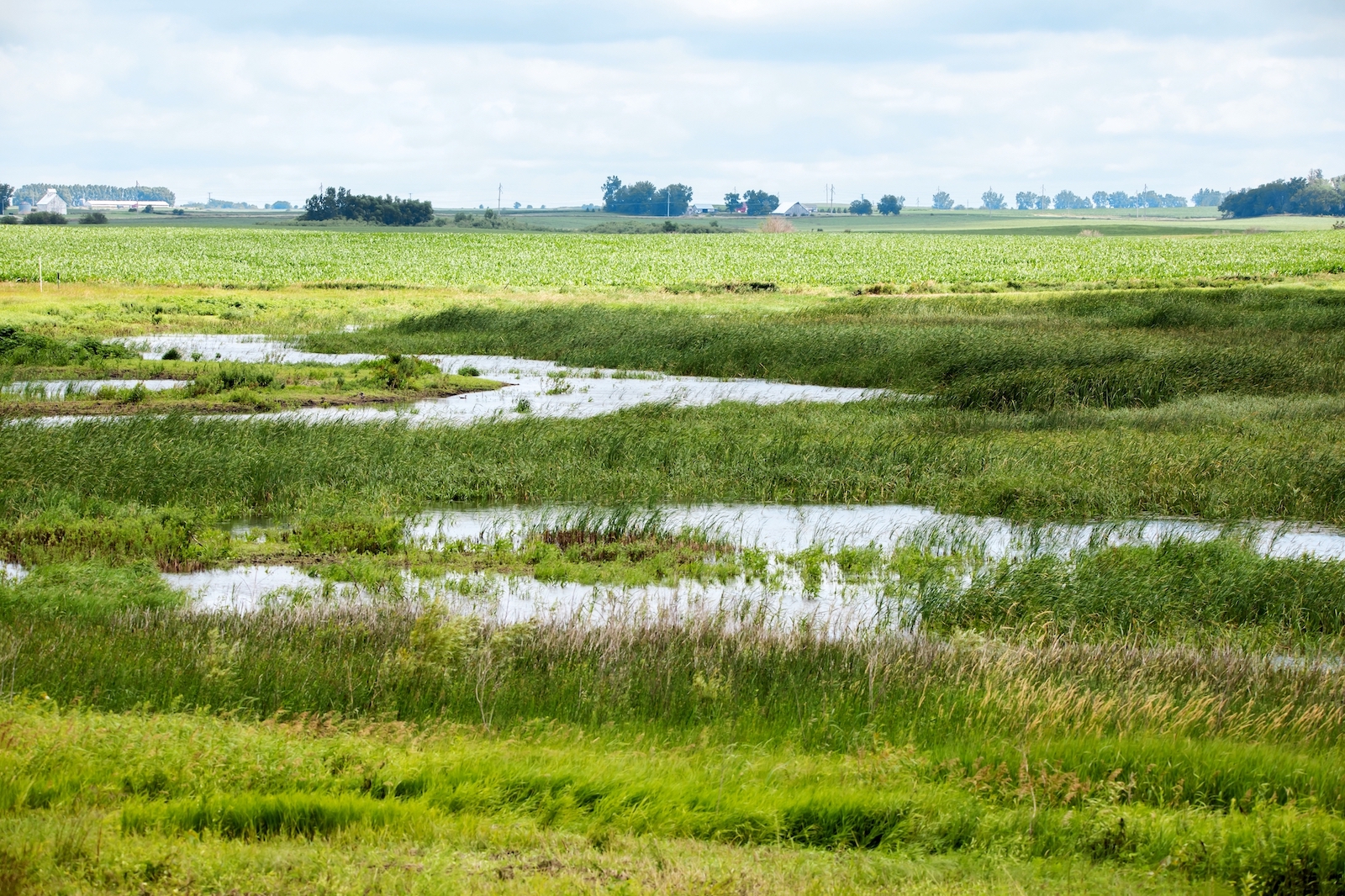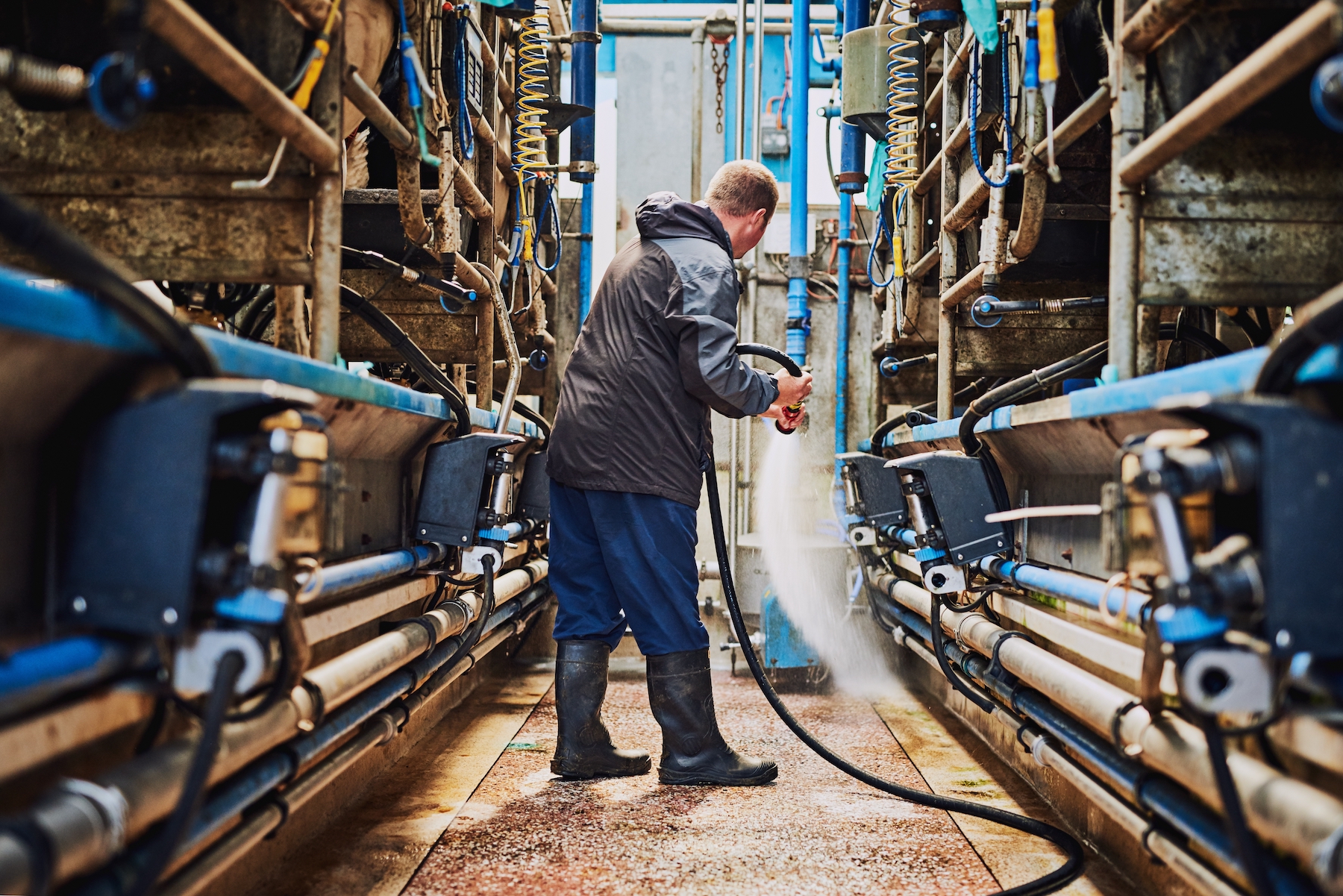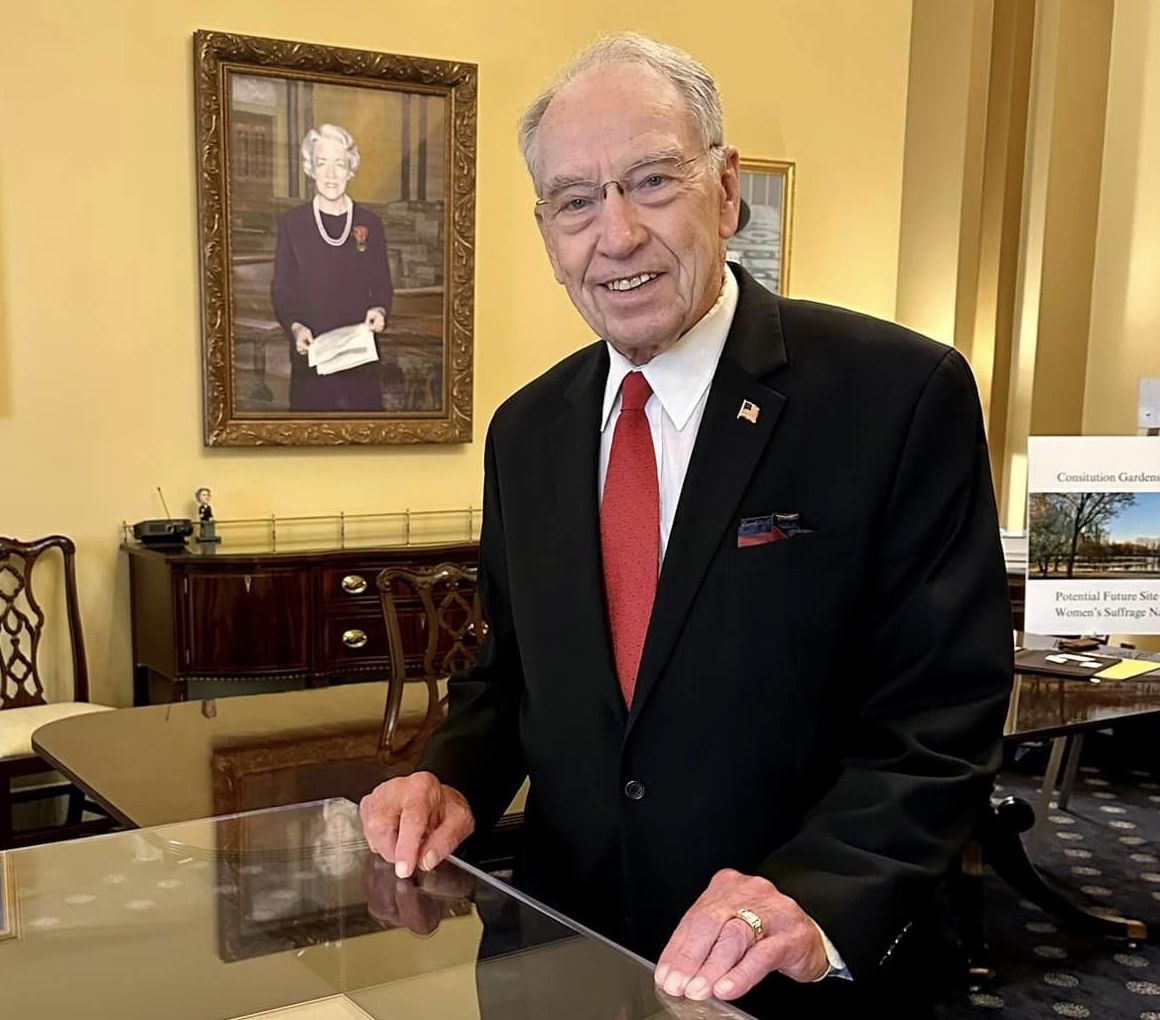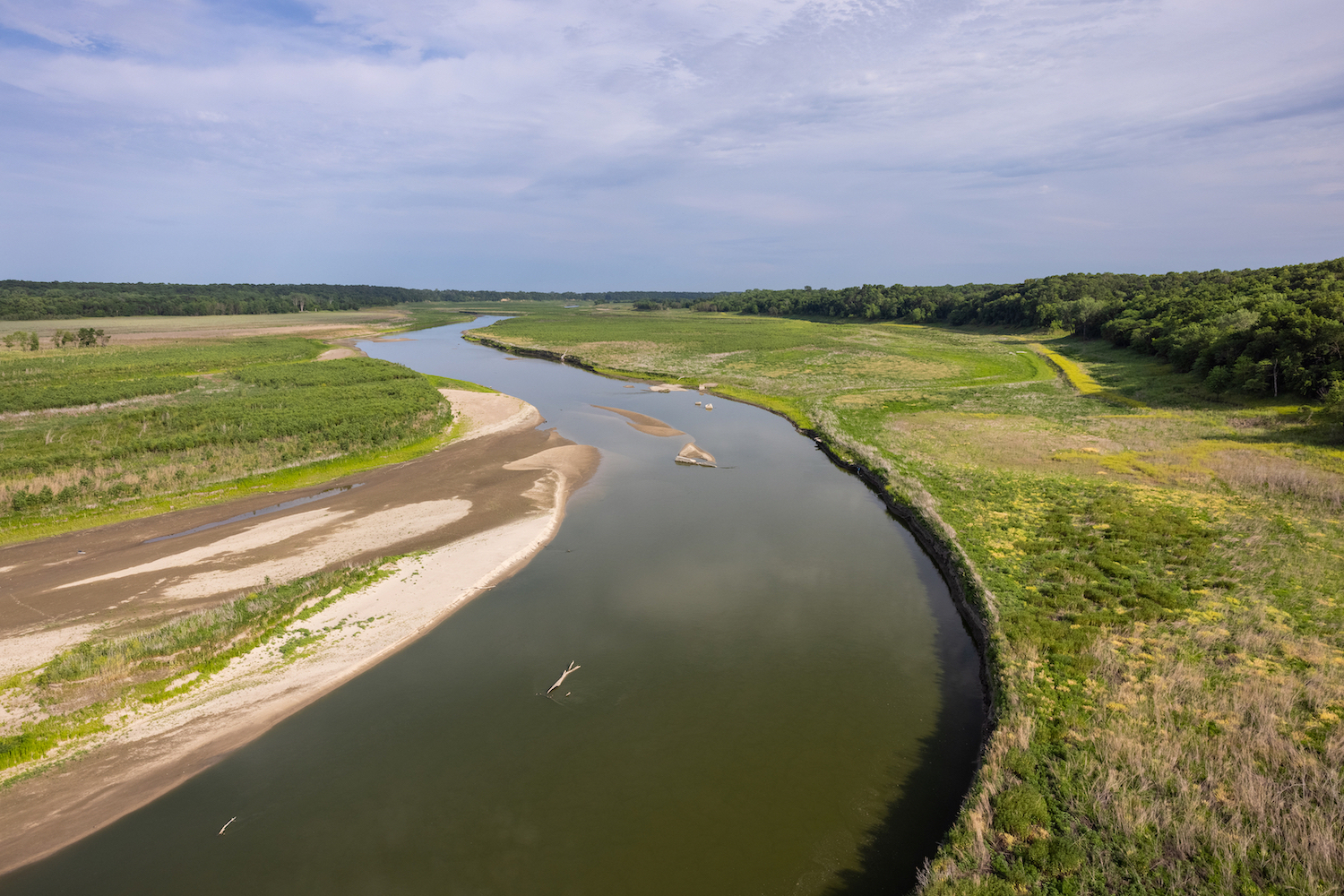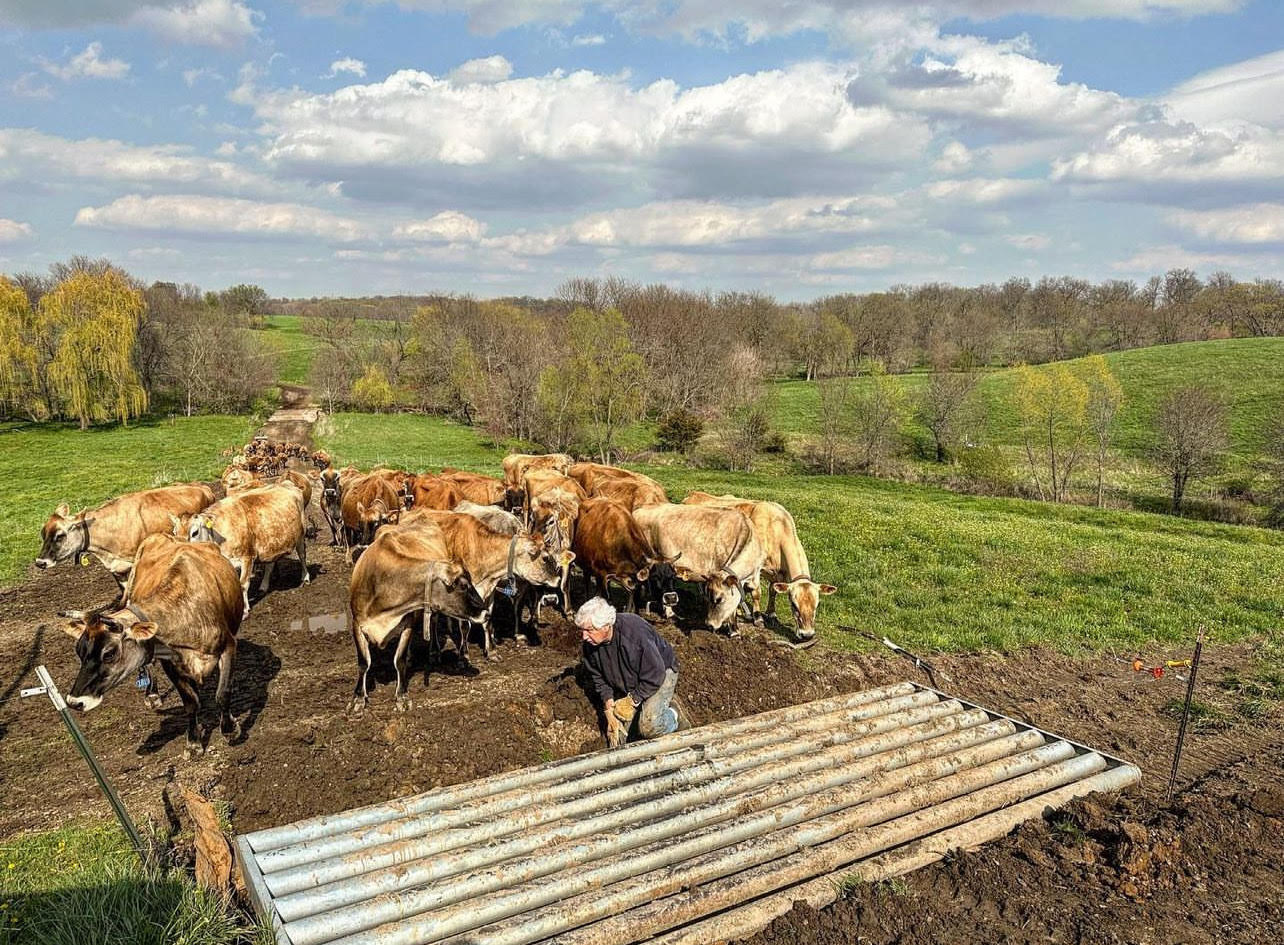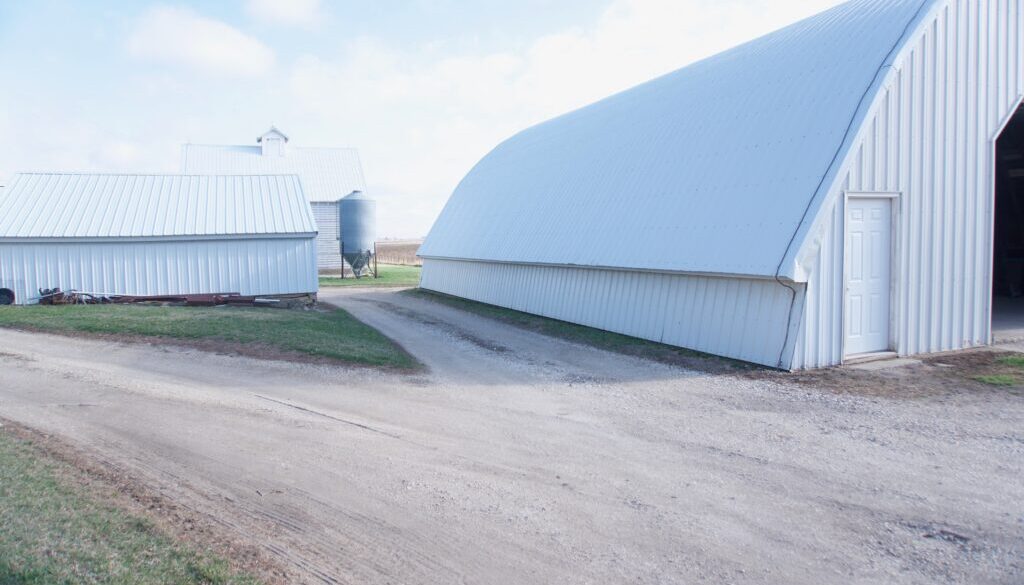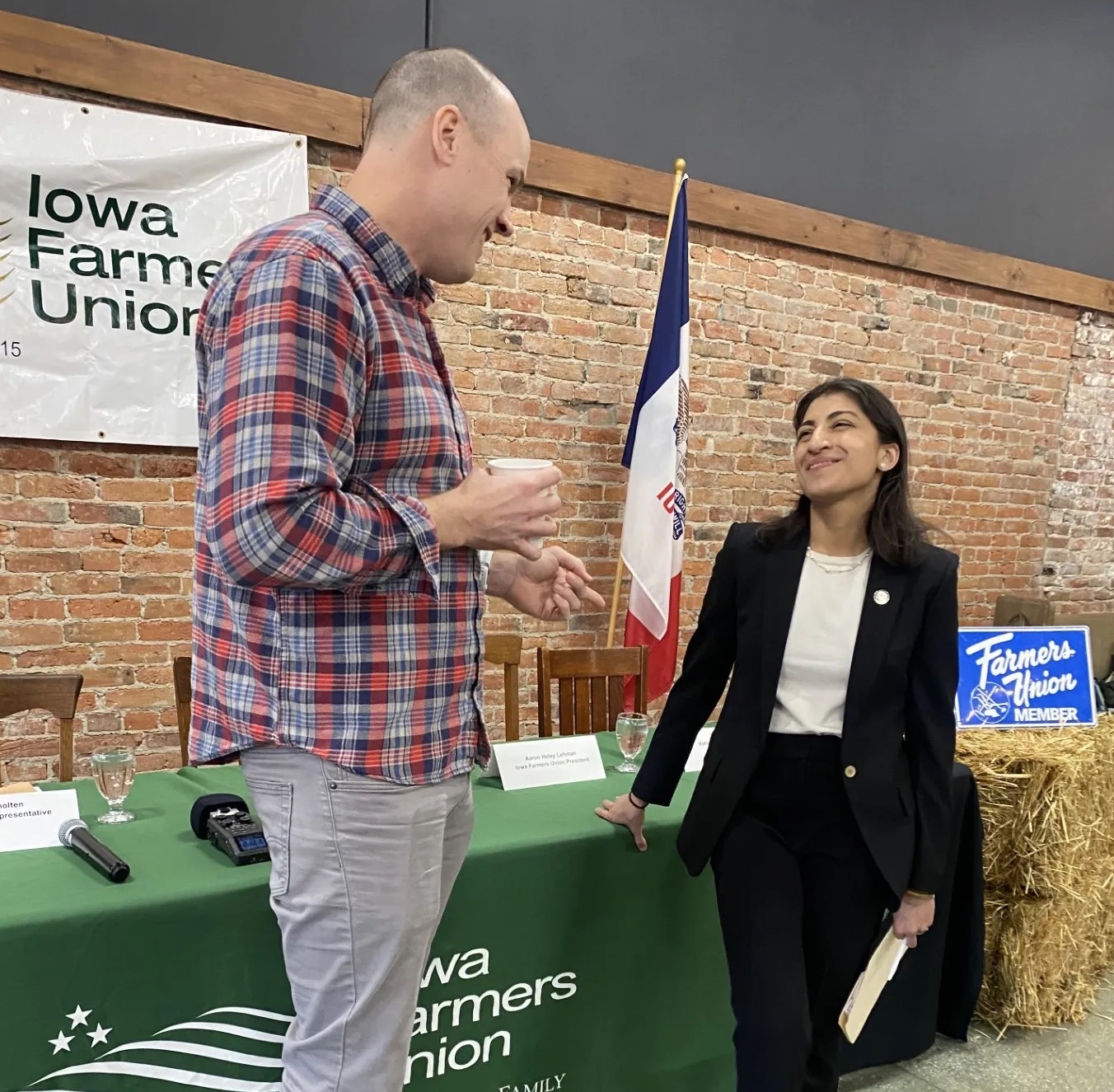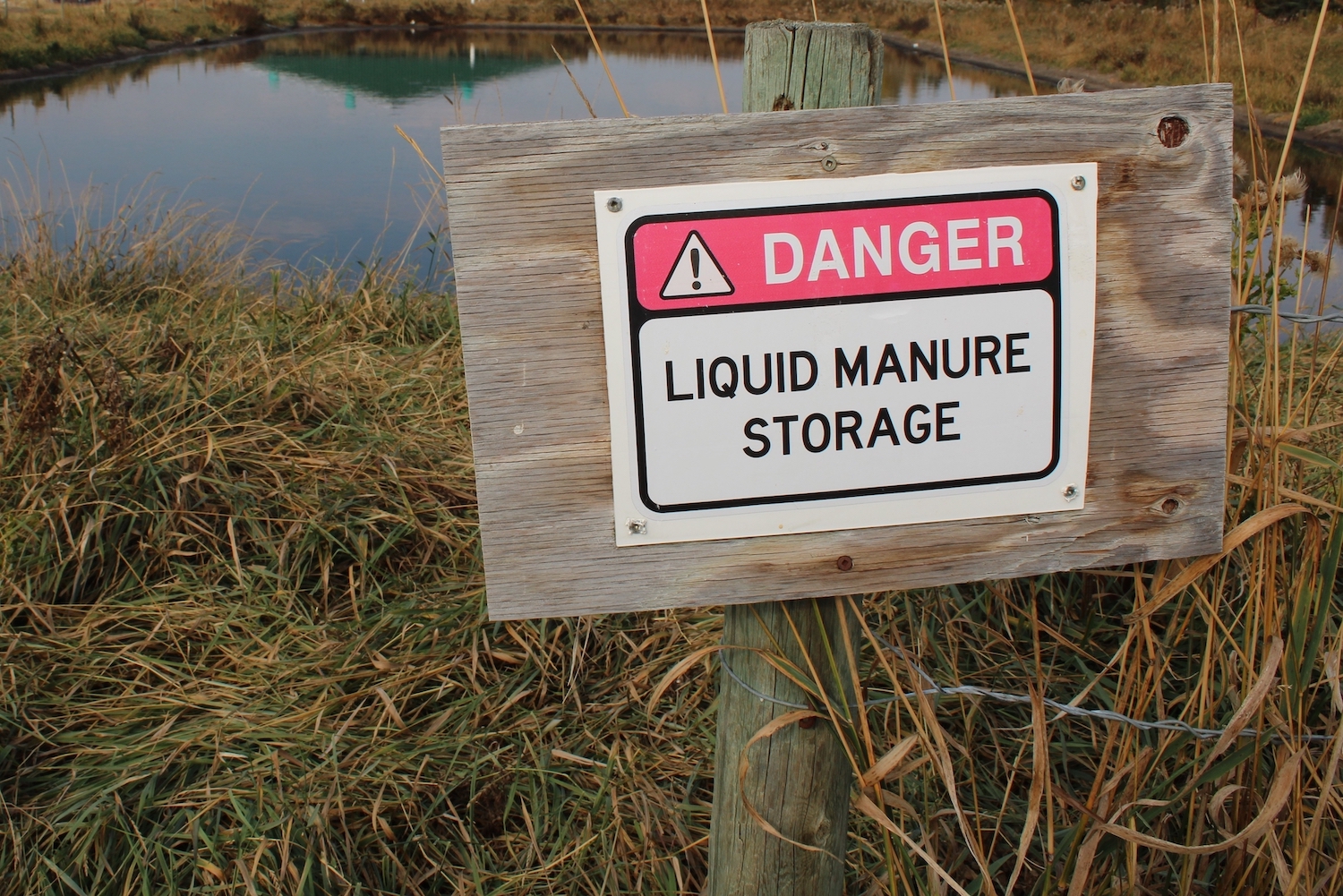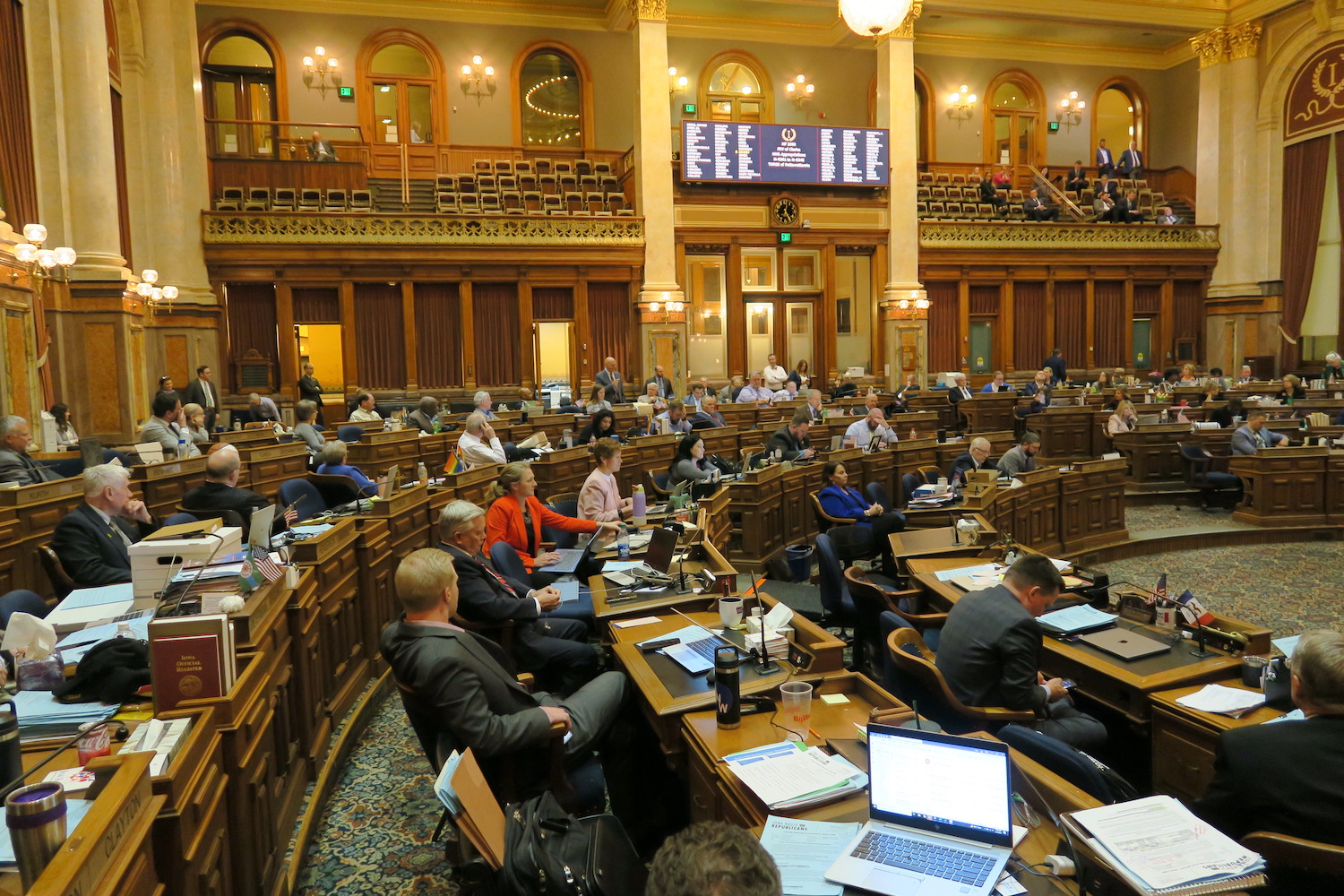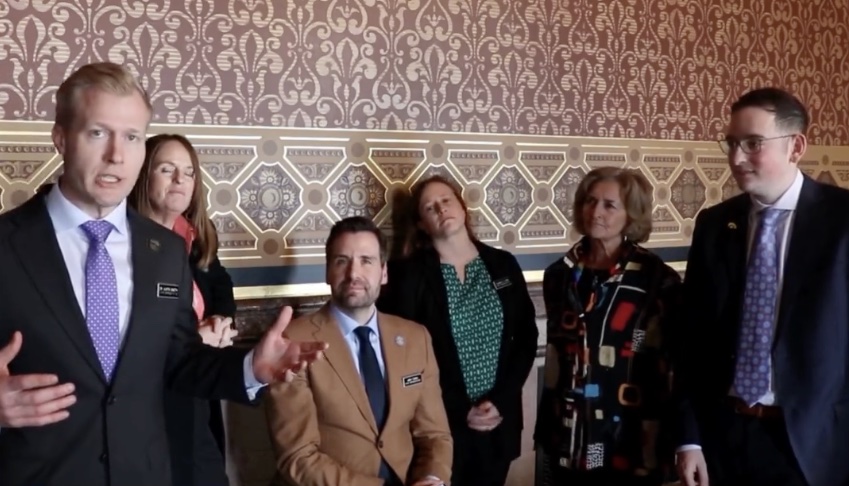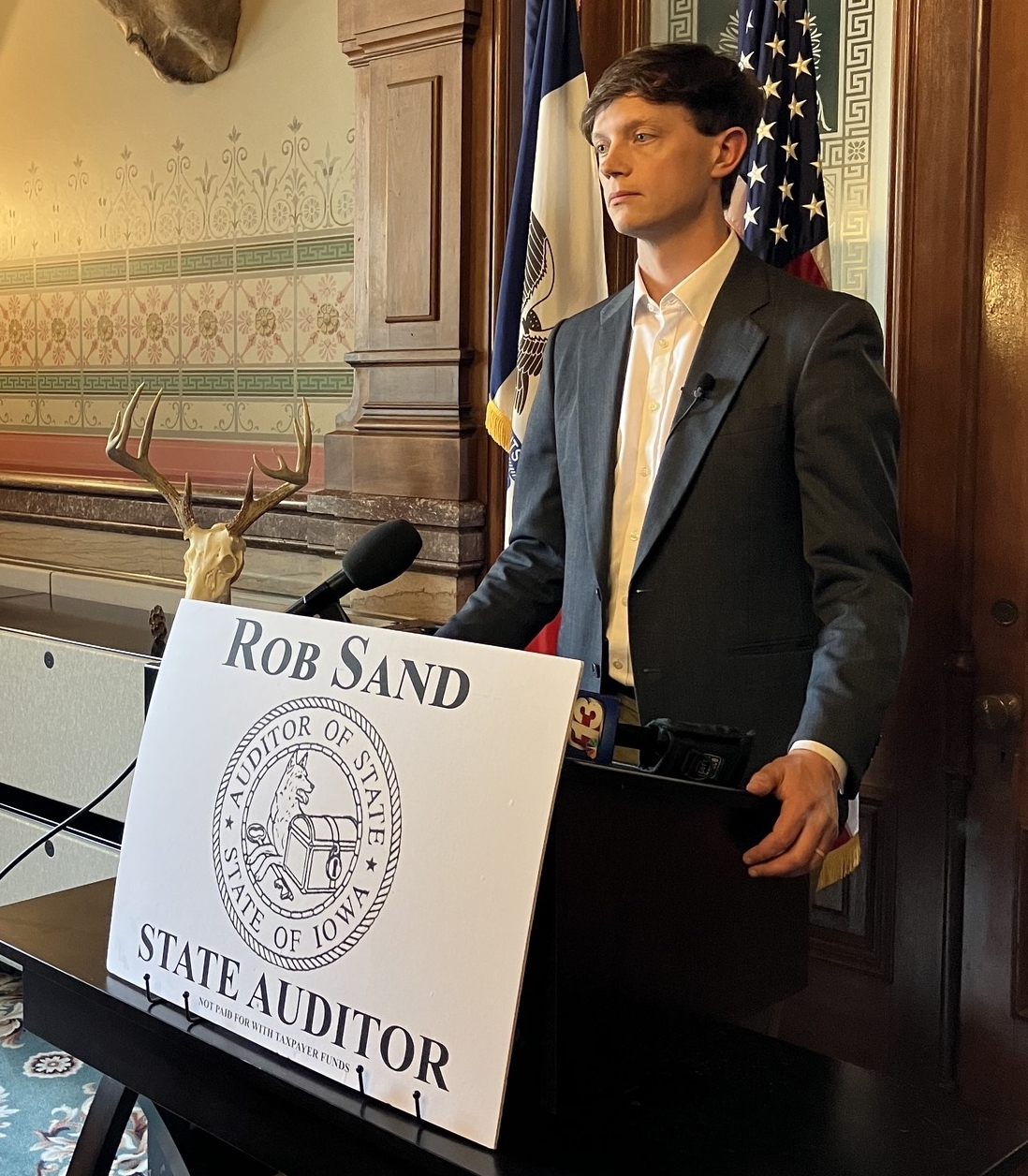Dan Piller was a business reporter for more than four decades, working for the Des Moines Register and the Fort Worth Star-Telegram. He covered the oil and gas industry while in Texas and was the Register’s agriculture reporter before his retirement in 2013. He lives in Ankeny.
President Donald Trump renewed his eight-year tariff war last weekend by declaring tariffs of 25 percent on most goods from Mexico and Canada (10 percent on Canadian oil) and 10 percent on China. No sooner had the war been declared than we had a 30-day truce as Mexico and Canada promised various reinforcements of their border that supposedly will stanch the flow of fentanyl into the U.S.—policies both countries had announced weeks earlier.
Trump famously told us eight years ago that trade wars are “easy to win.” But if they’re so easy, why are we still fighting them eight years later? U.S. armed forces needed just half that time to subdue Nazi Germany and Imperial Japan in World War II.
Trump and his MAGAtoids can claim short-term victories with the Mexican and Canadian truces. But bigger hills remain to be seized. China might not be so easy to bully. Neither will be the European Union. To those of us of advanced ages, the 30-day truce was reminiscent of the occasional truces during the Vietnam War, when hopes were raised around the world only to be shattered by the resumption of bombings and guerilla ambushes.
Continue Reading...
